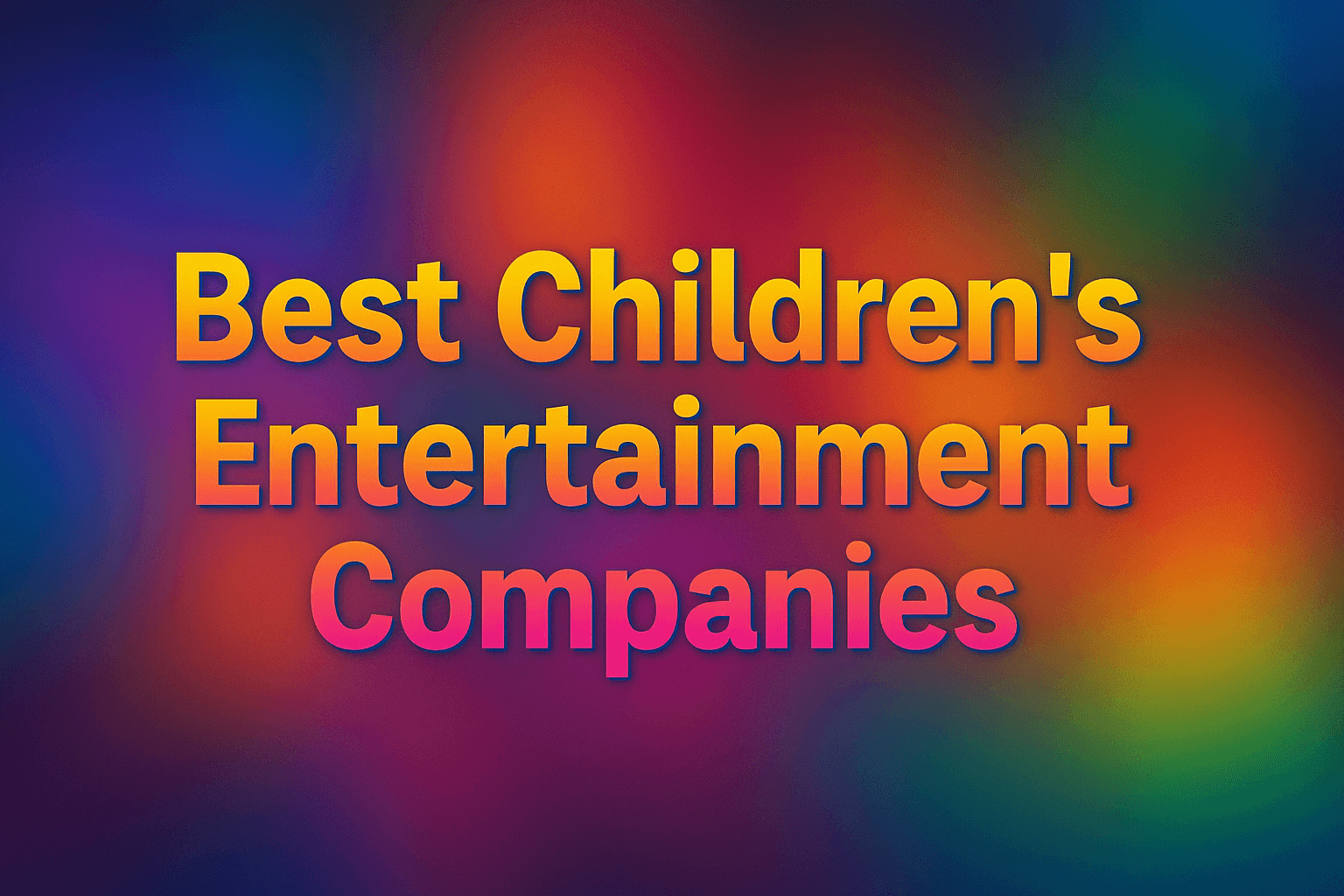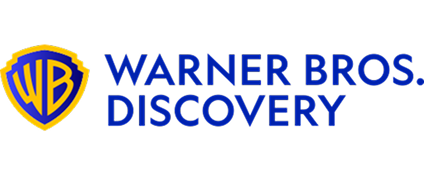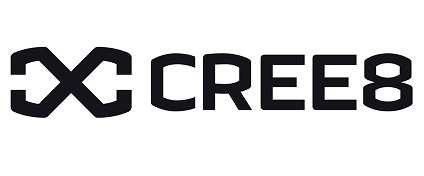The Ultimate List of Best Children’s Entertainment Companies (2025)

Introduction
The market for children’s entertainment is not a niche—it is a strategic pillar of the global media and entertainment (M&E) supply chain. For the senior executive tasked with securing the next generation of franchise IP, the stakes are exceptionally high.
The content created today will define the next decade of licensing, merchandising, and co-production revenue. This market is in constant flux, shaped by regulatory shifts, the rise of global streaming platforms, and the need for evergreen intellectual property (IP).
Discovering and vetting the right partners—from major studios to specialized animation houses—is a defining challenge for content acquisition and corporate development teams.
This strategic guide provides the essential context and a rigorous evaluation framework, culminating in The Ultimate List of Best Children’s Entertainment Companies for 2025, curated for immediate, high-value commercial investigation.
Table of content
- The Commercial Imperative: Setting the Stage for Children’s Entertainment
- Our Expert Evaluation Framework for Top Children’s Entertainment Companies
- The Ultimate List of Best Children’s Entertainment Companies
- Strategic Next Steps: How to Integrate These Partners into Your Content Supply Chain
- How Vitrina Transforms Partner Discovery and IP Acquisition
- Conclusion: Securing Your Future in the Kids Content Market
- Frequently Asked Questions
Key Takeaways
| Core Challenge | Fragmented global data makes identifying verifiable, commercially viable children’s IP and reliable partners complex and time-consuming. |
| Strategic Solution | Employ a structured, data-driven framework to evaluate companies based on IP depth, global reach, and co-production track record. |
| Vitrina’s Role | Providing the underlying market intelligence and verifiable company profiles to accelerate due diligence and target partner outreach. |
The Commercial Imperative: Setting the Stage for Children’s Entertainment

The kids content market is uniquely resilient, often acting as a buffer against broader economic downturns due to its evergreen demand and multi-platform monetization opportunities. The current landscape is defined by three converging forces that demand an immediate strategic response from every senior executive.
First, the global streaming ecosystem has fundamentally altered distribution. While major platforms initially drove high-volume, original kids’ programming, the recent shift toward profitability and subscription recalibration has led to a renewed focus on cost-effective, high-performing IP.
This has made proven library content and co-production deals with established international players more important than ever. Companies that control vast catalogs of recognizable characters and long-running series are now commanding premium valuations in the licensing and distribution segments of the supply chain.
Second, the value of children’s entertainment companies is increasingly tied to their capacity for multi-platform franchise extension. A successful IP must translate seamlessly across linear television, VOD, gaming, interactive media, and physical merchandising.
The market is no longer satisfied with single-revenue-stream assets. M&E leaders are actively seeking partners whose track record demonstrates an integrated, 360-degree approach to content monetization, capable of generating substantial, diversified revenue streams globally. The companies that thrive are those that operate less like content producers and more like IP architects.
Third, regulatory and demographic shifts impose unique demands. Unlike adult content, children’s media faces stringent global standards regarding safety, advertising, and data privacy (such as COPPA and GDPR compliance).
Furthermore, successful content must be geographically and culturally scalable, requiring a deep understanding of varied global audiences. As a result, the most valuable partners are those with deep, verified experience in cross-border production and localization. The difficulty lies in sifting through thousands of potential partners to find the few with the requisite legal compliance and commercial success track record.
The current challenge for content executives is not just identifying successful kids’ content, but gaining verified, real-time intelligence on the companies behind that content—their financial stability, executive track record, and verified collaborators.
Without this deep supply chain visibility, partnership selection becomes a high-risk, low-reward gamble, delaying critical IP acquisition and co-production timelines.
Our Expert Evaluation Framework for Top Children’s Entertainment Companies
The selection of the companies in The Ultimate List of Best Children’s Entertainment Companies is based on a structured, strategic evaluation framework designed for the M&E executive. This is not a popularity contest but a commercial assessment of viability, stability, and potential for high-ROI partnerships. We assess candidates across three critical dimensions:
1. Global Footprint and Distribution Reach
A company’s value is multiplied by its capacity to distribute content across key territories (North America, Western Europe, and emerging markets like LATAM and APAC). This involves analyzing their established relationships with global streamers, regional broadcasters, and local distributors.
An ideal partner possesses a verifiable track record of successful cross-border content licensing and co-production. This capability suggests they have navigated complex regulatory landscapes and established the necessary logistics in the global M&E supply chain.
2. IP Depth and Franchise Longevity
The ultimate measure of success is the creation of evergreen IP. We prioritize companies that demonstrate a balanced portfolio: current, high-performing hits and a deep library of proven, established franchises. IP depth is measured not just by volume but by the commercial success of their characters in non-media verticals, such as toys, publishing, and live events. Companies with diverse, multi-generational IP are better positioned for long-term strategic partnerships and M&A activity.
3. Co-Production Track Record and Financial Stability
For co-production executives, a partner’s financial stability and verifiable execution history are non-negotiable. We assess the volume and caliber of their co-production agreements—who they work with, how many projects they execute simultaneously, and the final delivery success rate.
This level of due diligence requires supply chain intelligence that tracks projects from development through final delivery. The selected companies demonstrate both verifiable commercial viability and a reputation for reliable execution with major industry players.
The Ultimate List of Best Children’s Entertainment Companies
Based on the executive-level evaluation framework above, this list represents a highly strategic cohort of companies actively shaping the global children’s content market. The list is presented in the order provided for seamless reference. Each link provides direct access to the company’s verifiable profile on the Vitrina platform, accelerating due diligence by aggregating key projects, personnel, and collaborations.
- WildBrain
WildBrain is a major Canadian player known for its production, distribution, and licensing of children’s content globally. The company holds one of the world’s largest independent libraries of kids’ content and operates both production studios and broadcast channels, making it a comprehensive vertical in the kids’ media space. It is particularly noted for managing globally recognized franchises like Peanuts and Teletubbies, underscoring its expertise in brand management and multi-platform monetization. - Gaumont
The oldest film company in the world, Gaumont maintains a strong presence in the global kids’ content sector through its animation division, Gaumont Animation. The company focuses on developing, producing, and distributing premium animated series with a strong European pedigree and global appeal. Their strategic focus includes adapting well-known IP and launching original concepts intended for broad international co-production and distribution. - NTV
NTV (Nippon Television Network Corporation) is a leading Japanese media conglomerate that is a powerhouse in Asia, with significant investment in high-quality animation production and distribution. Its kids’ content portfolio, including major anime franchises, represents highly valuable IP with decades of proven success in licensing and international appeal, making it a key strategic partner for Western studios seeking entry into Asian markets. - Blue Ant Media
A privately held, integrated media company based in Canada, Blue Ant Media operates across production, distribution, and broadcasting. Their portfolio includes a strong commitment to premium children’s and family content, often focusing on documentary and factual programming alongside traditional scripted series. The company’s global distribution arm makes them a crucial partner for studios seeking global reach across specialized and genre-specific content. - Reel One Entertainment
Reel One Entertainment is known for its high-volume production and distribution model, primarily focusing on television films and series, with a significant portion of its output dedicated to the family and kids’ genres. Operating primarily in North America and Europe, the company is a reliable source for quickly executed content intended for global VOD and free-to-air platforms. - CJ ENM Co
CJ ENM Co is a key global content and media company based in South Korea, serving as a gateway to the thriving Asian media market. The company is a major producer and distributor of animation, variety shows, and drama, with a rapidly expanding global footprint. Its children’s content benefits from the global wave of Korean media (Hallyu) popularity, making it a critical strategic partner for content acquisition executives. - SF Studios
One of the oldest film companies in the world, SF Studios is a leading player in the Nordic region, with a strong focus on high-quality local productions and distribution across Northern Europe. Its children’s and family content portfolio is particularly strong in Scandinavian markets, often acting as the primary co-production and distribution hub for international studios looking to tap into this key demographic. - Nordisk Film
Part of the Egmont group, Nordisk Film is another dominant force in the Nordic media landscape, involved in film and TV production, distribution, and cinema operation. Its strong emphasis on children’s content and family films, often tied to local IP and literary properties, makes it a critical player for content acquisitions seeking localized, high-quality IP with established regional success. - BBC
The BBC, through its commercial arms and various divisions, remains a global benchmark for quality children’s programming. Its content is widely distributed and trusted, carrying significant weight in international licensing and educational markets. The organization’s sheer scale and reputation for developing long-running, valuable children’s IP place it among the most essential global players for strategic partnership consideration. - The Walt Disney Company
The undisputed global leader, The Walt Disney Company’s children’s entertainment division encompasses a multi-billion dollar ecosystem of production, television networks, streaming (Disney+), theme parks, and merchandising. It controls the world’s most powerful IP catalog, making it the primary competitive benchmark and a complex potential partner or acquisition target for any executive operating in the children’s content supply chain.
Strategic Next Steps: How to Integrate These Partners into Your Content Supply Chain
Identifying the top companies is only the first step; the true executive challenge lies in converting that intelligence into a high-ROI transaction, whether a licensing deal, co-production agreement, or M&A target identification. For content acquisition, distribution, and corporate development leaders, the process must be precise, verifiable, and ruthlessly efficient.
Phase 1: Contextual Due Diligence
Before the first outreach, you must move beyond basic company data. The due diligence process requires a deep dive into the targeted company’s operational history, not just their public successes.
This means examining their recent project slate, specifically tracking their content from development through post-production.
Are they delivering on time? Who are their repeat creative and service partners?
This granular supply chain intelligence provides the necessary leverage and confidence to enter negotiations. Finding the right partners often means looking outside traditional territories. You can gain a strategic advantage by mastering how to find animation co-production partners in Latin America.
Phase 2: Targeted Outreach and Proposition Building
Generic outreach to a C-level executive is a waste of resources. High-value transactions are initiated by propositions directly tied to a partner’s verifiable current needs or project gaps.
This requires knowing which key executives—the Head of Development, the VP of Acquisitions—are attached to which projects and having their verified contact information. The proposition should focus on a verifiable synergy: “We see you are developing Project X; our studio is a verified provider of Y service in Z market.” This hyper-personalized approach cuts through the noise.
Phase 3: Mitigating the Reputational Risk
In the M&E supply chain, a company’s reputation is its most valuable asset. When vetting a children’s entertainment company for a long-term partnership, you must de-risk the relationship by verifying their track record for ethical conduct, financial stability, and project delivery.
The manual process of cross-referencing public data, industry whispers, and outdated CRMs introduces unnecessary risk and delay. A truly strategic partner selection process requires a unified, verified data layer to ensure all parties are aligned on the facts. To manage these risks effectively, you need a robust set of solutions designed for the complexities of global media transactions.
How Vitrina Transforms Partner Discovery and IP Acquisition
For executives operating in the highly competitive kids’ content sector, Vitrina provides the essential strategic intelligence layer that transforms partner discovery from a manual, high-risk chore into a precise, data-driven operation. By focusing strictly on the commercial realities of the entertainment supply chain, Vitrina solves the core pain points executives face when dealing with content acquisition and co-production.
1. Eliminating the Data Fragmentation Barrier
Vitrina tracks the global M&E supply chain in real-time, indexing over 1.2 million projects and profiling more than 60,000 companies. This centralized data environment ensures that when you investigate a children’s entertainment company, you see a holistic, verifiable profile: their current projects (from pitch to post-production), their co-production history, their primary financiers, and their executive-level decision-makers.
This singular source of truth replaces the necessity of consulting disparate public records, newsfeeds, and outdated internal spreadsheets, allowing you to move to a decision faster. The ability to track a project from its earliest stages provides the critical early warning sign needed for a competitive edge in IP acquisition, a core function of theProject Tracker.
2. De-Risking Partnerships with Verifiable Track Records
Every company profile on Vitrina is built on verifiable operational metadata, not marketing claims. This addresses the critical need for reputational due diligence. Executives can instantly view a company’s complete history of collaborations, enabling them to identify reliable repeat partners and red-flag potential execution issues.
For example, you can filter for animation studios that have successfully delivered three concurrent series for major streamers in the last 18 months, providing a quantifiable measure of their robustness and delivery capacity.
3. Precision-Targeting Decision-Makers
The platform profiles over 3 million CXOs, crew-heads, and key decision-makers, tagged by their specific department, specialization, and contact details. When vetting a company from The Ultimate List of Best Children’s Entertainment Companies, you can immediately identify the exact Head of Licensing or VP of Co-Production and initiate targeted, informed outreach.
This capability is crucial for high-stakes Commercial Investigation, ensuring that resources are focused exclusively on executives with the authority and mandate to close a deal.
Conclusion: Securing Your Future in the Kids Content Market
The Ultimate List of Best Children’s Entertainment Companies is more than a ranking—it is a strategic roadmap. The future success of your media organization depends on the speed and accuracy with which you can secure valuable, multi-platform IP and forge reliable partnerships.
The children’s content market demands diligence, cultural sensitivity, and an unparalleled view of the global supply chain. By adopting a data-first approach and leveraging strategic intelligence platforms, content executives can transform the high-risk, fragmented process of partner discovery into a predictable, high-yield commercial operation.
Do not rely on speculation or outdated information. Secure the IP that defines the future of your company. Start your strategic investigation today.
Frequently Asked Questions
The key trends include the consolidation of franchise IP across multiple platforms, the rise of ad-supported streaming (AVOD) models, and an increased focus on co-production agreements to mitigate risk and achieve localization for global audiences. The market is increasingly valuing content that can generate revenue outside of media, such as through robust licensing and merchandising programs.
Finding international co-production partners requires using verifiable supply chain intelligence to identify companies with a proven track record in your specific target region (e.g., APAC, LATAM) and genre (e.g., 2D animation, live-action). The most effective approach is to examine a partner’s past collaborators, financial scale, and current project slate to ensure alignment before initiating contact.
A successful children’s entertainment company is defined by its deep portfolio of evergreen, transferable IP; its proven ability to distribute content across key global territories; and its verifiable history of successful project execution, often demonstrated through co-production with major studios and financial stability. Commercial viability and reputational integrity are paramount.
Top global players include legacy studios with massive IP catalogs and extensive global distribution networks, such as The Walt Disney Company, alongside powerful, specialized international entities like WildBrain and major regional players from Asia and Europe that offer access to high-demand local content and specialized co-production expertise.















































